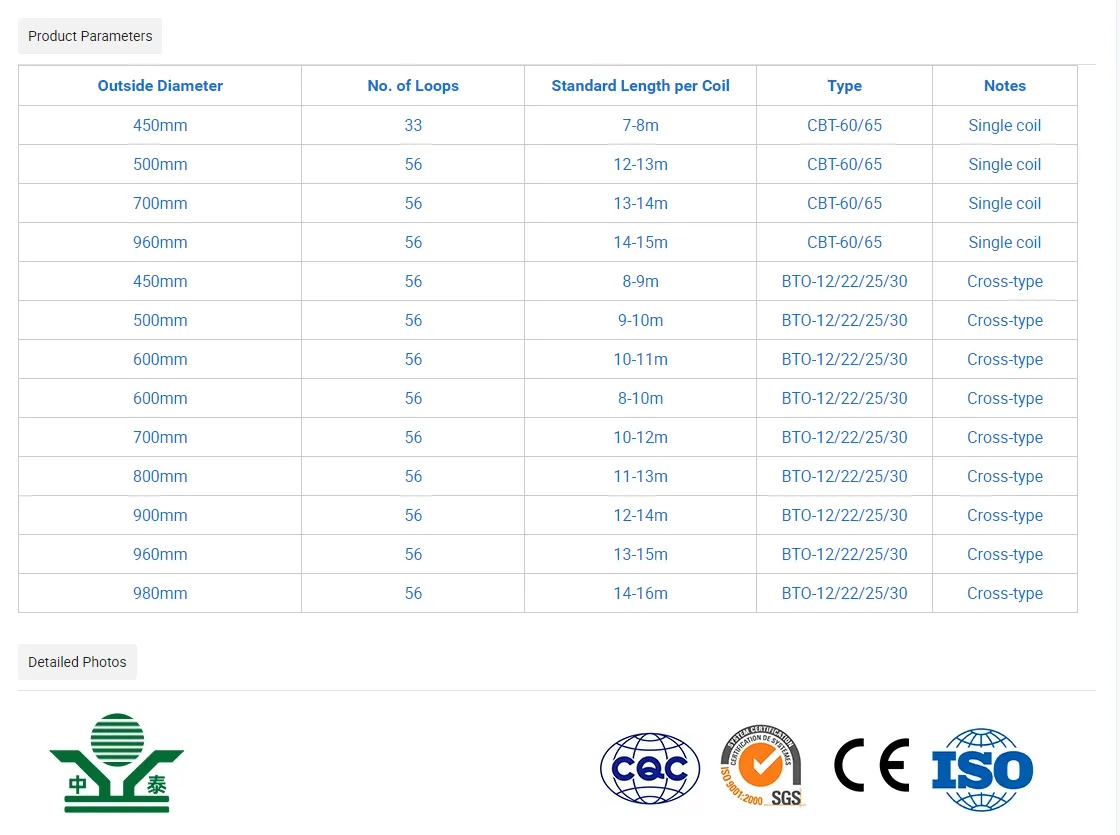The Importance of Chain Link Fence Poles A Comprehensive Overview
Chain link fences are a popular choice for both residential and commercial properties due to their durability, affordability, and ease of installation. At the heart of any sturdy chain link fence is the crucial component of fence poles, which provide the necessary structural support to ensure the fence stands the test of time. In this article, we’ll explore the different types of chain link fence poles, their installation, benefits, and maintenance to better understand why they are an integral part of fencing solutions.
Types of Chain Link Fence Poles
Chain link fence poles come in several types, each serving a specific purpose. The most commonly used poles include terminal posts, line posts, and corner posts.
1. Terminal Posts These are typically thicker and heavier than line posts. Terminal posts are used at the ends of a fence run, providing anchor points for the chain link fabric. These posts are critical for the stability of the fence and help to withstand tension.
2. Line Posts These posts are installed between terminal posts and support the fabric of the fence. They are generally spaced between 5 to 10 feet apart, depending on the height and type of the fence. Line posts maintain the integrity of the fence by keeping the fabric taut and upright.
3. Corner Posts As the name suggests, these posts are used at the corners of a fencing layout. They help to maintain alignment where the fence changes direction and provide additional support against lateral forces.
Installation of Chain Link Fence Poles
The installation of chain link fence poles is a crucial process that significantly affects the overall stability and durability of the fence. First, it is essential to mark the layout of the fence accurately. Using string or chalk lines can help visualize the placement of each pole.
chain link fence poles

Next, holes for the posts must be dug, preferably at least 2 feet deep to secure them firmly in the ground. The depth may vary based on local regulations and the height of the fence. After placing the posts, fast-setting concrete is often used to ensure they remain in a fixed position and are resistant to shifting due to ground movement.
Finally, after the poles are set and cured, chain link fabric can be attached, starting from one terminal post and stretching towards the other terminal post. Tension bands and ties secure the fabric to the posts, ensuring a taut and even appearance.
Advantages of Using Chain Link Fence Poles
One of the primary advantages of using chain link fence poles is their strength and resistance to the elements. Made from galvanized steel or other durable materials, these poles can withstand harsh weather conditions, making them an ideal choice for outdoor fencing.
Chain link fences are also cost-effective. The material and installation costs are generally lower compared to other fencing options, such as wooden or vinyl fences. Additionally, the longevity of chain link fences, especially with the right support from strong fence poles, means that property owners can save on replacement and maintenance costs in the long run.
Maintenance of Chain Link Fence Poles
While chain link fences require minimal maintenance, it is essential to periodically inspect the poles for signs of corrosion or damage. Regularly checking the tension of the fabric and the stability of the posts can prevent bigger issues down the line. If a post shows signs of rust, it can often be treated with a rust-inhibiting paint. In cases of severe damage, replacement may be necessary.
Conclusion
In summary, chain link fence poles play a vital role in the construction and durability of chain link fences. By understanding the types of poles, their installation, advantages, and maintenance, property owners can make informed decisions about their fencing needs. Whether for security, privacy, or aesthetic appeal, well-installed chain link fences supported by robust poles serve as a reliable solution for various applications. Investing in quality chain link fence poles is an investment in the long-term safety and functionality of any property.
-
Versatility of Expanded Aluminum Metal for Various Applications
NewsMay.19,2025
-
The Geometry of Steel Gratings: Why It Matters
NewsMay.19,2025
-
Reinforcement Applications of Perforated Mesh in Masonry
NewsMay.19,2025
-
Essential Tools for Installing a Deck Mesh Railing
NewsMay.19,2025
-
Anti-Slip Flooring Made with Stainless Expanded Mesh
NewsMay.19,2025
-
Adjustable Steel Grating for Uneven Terrain
NewsMay.19,2025
Subscribe now!
Stay up to date with the latest on Fry Steeland industry news.

